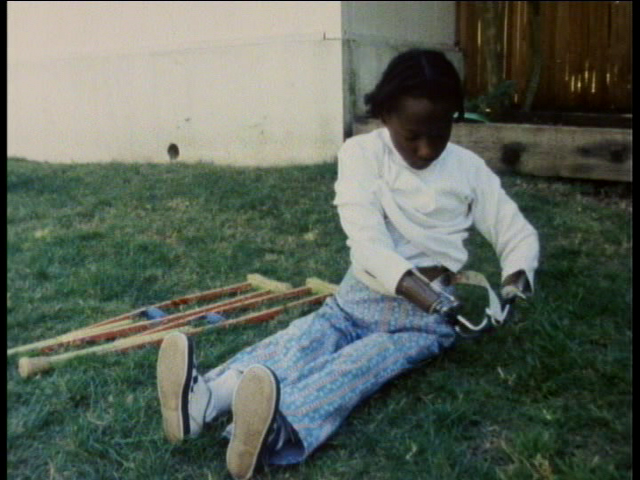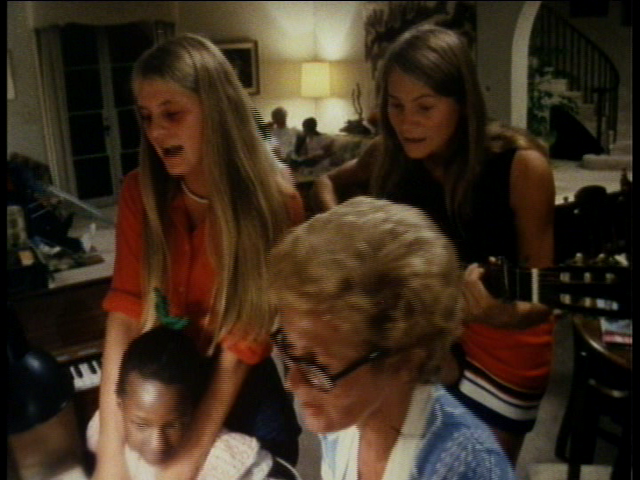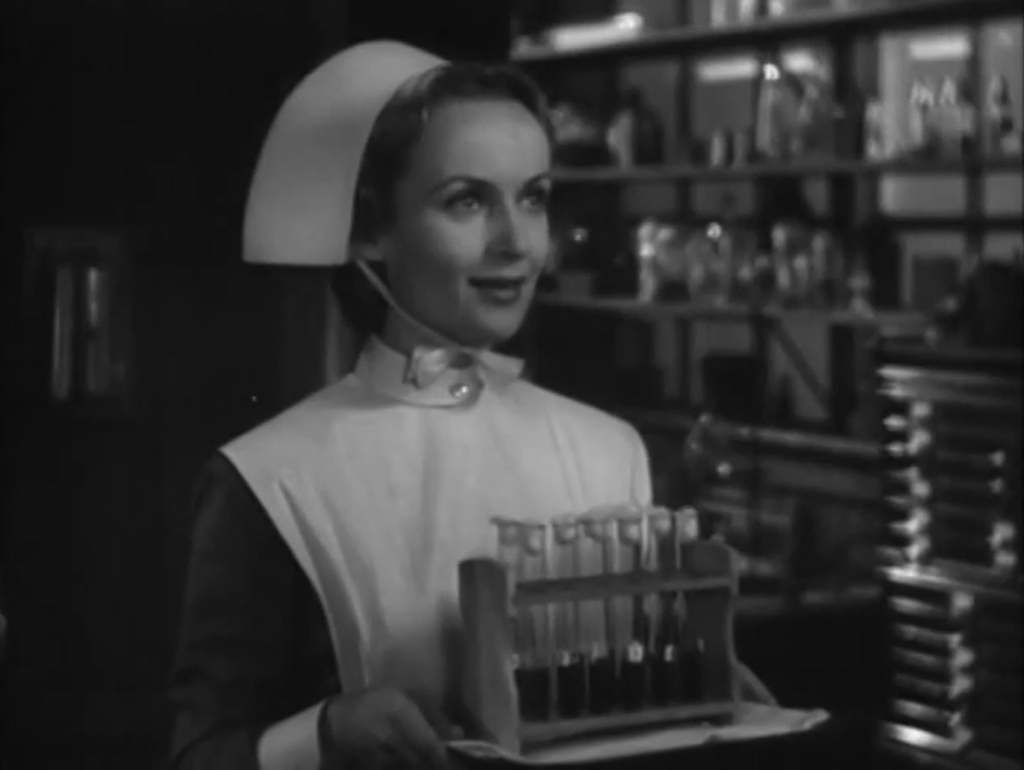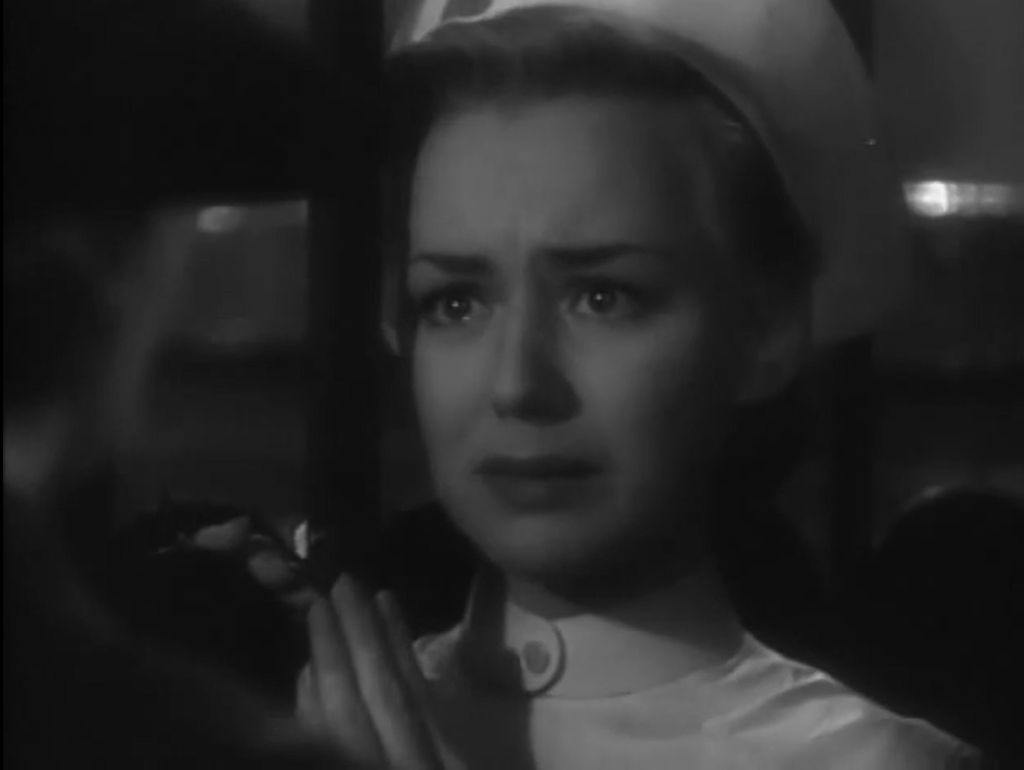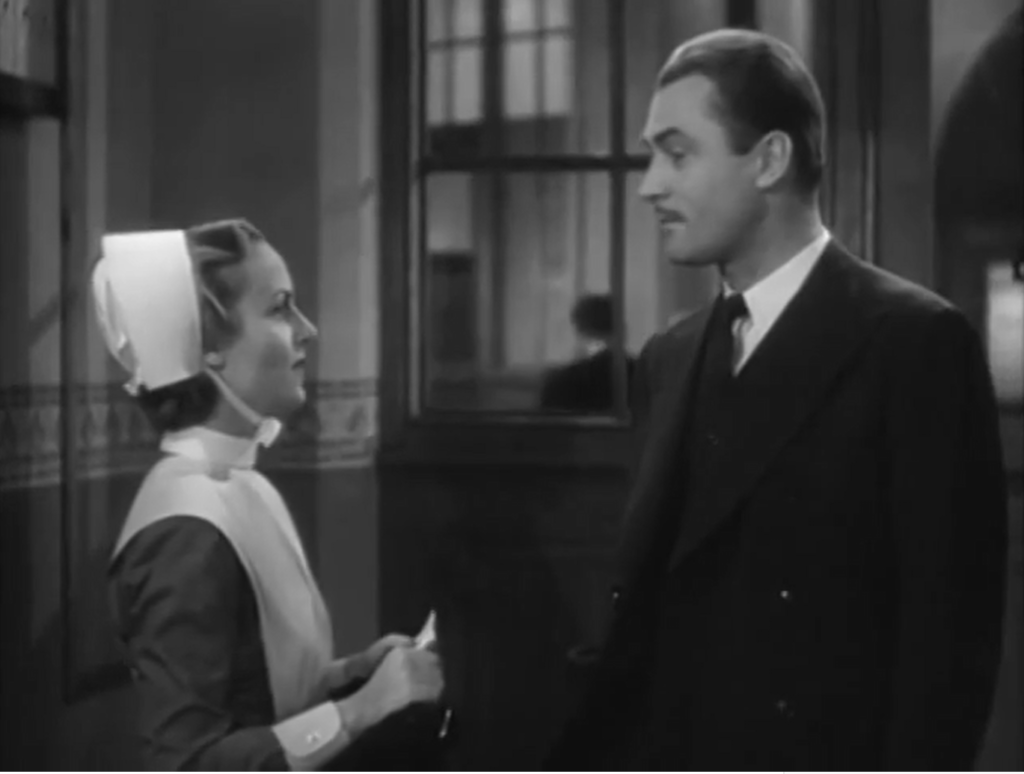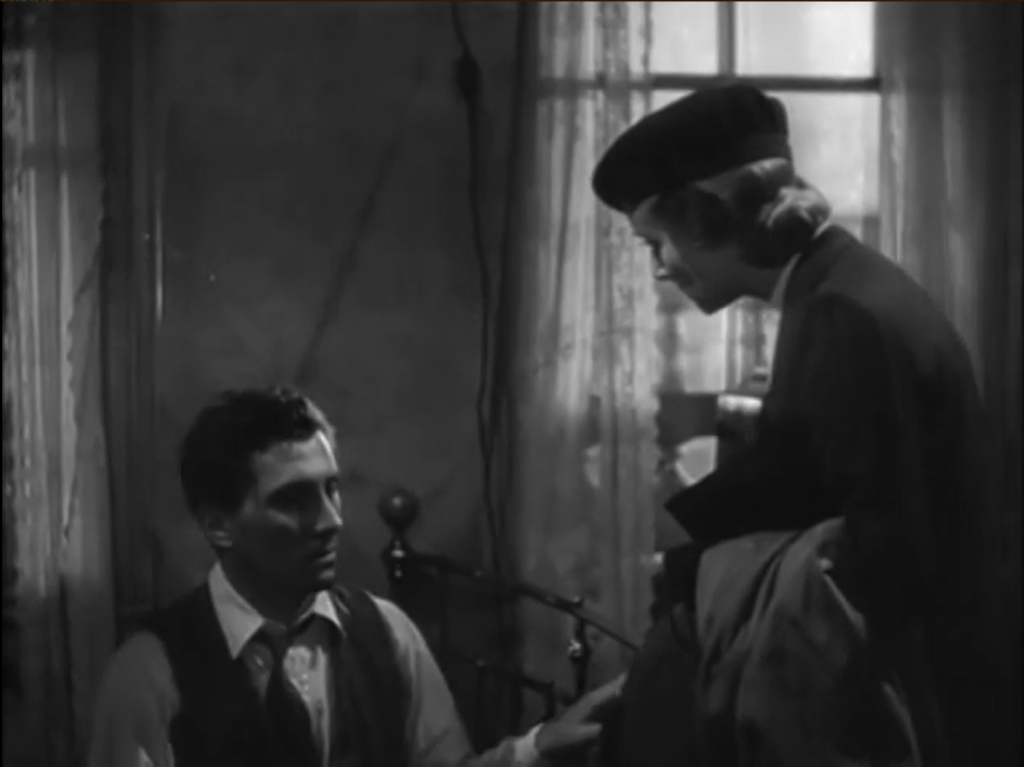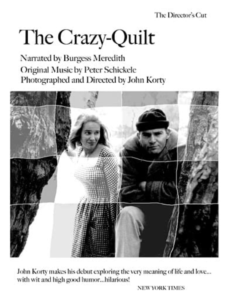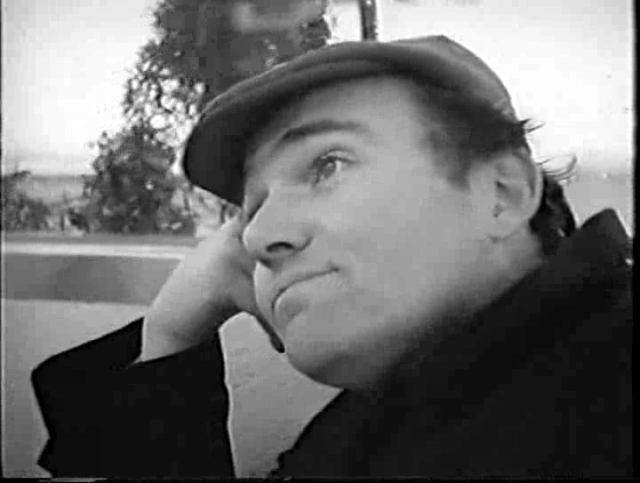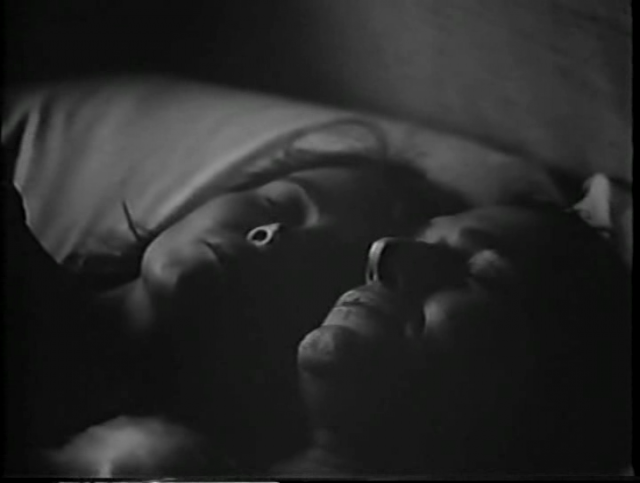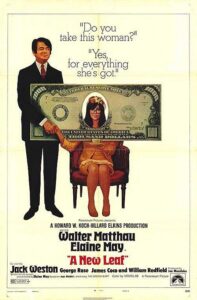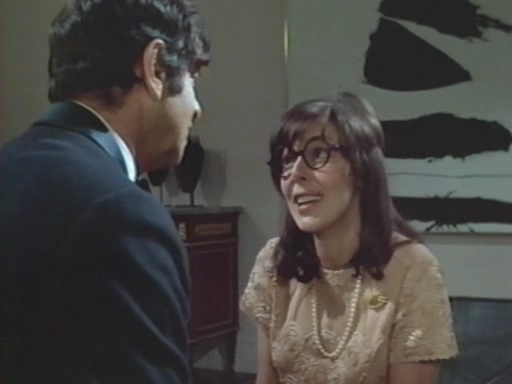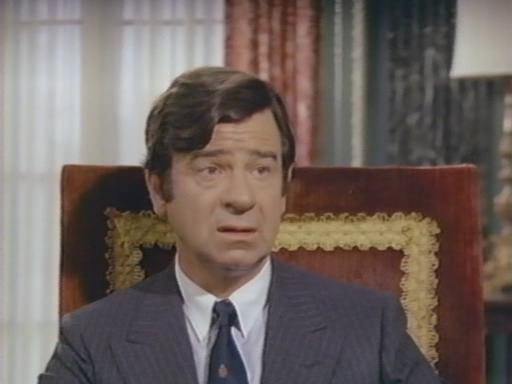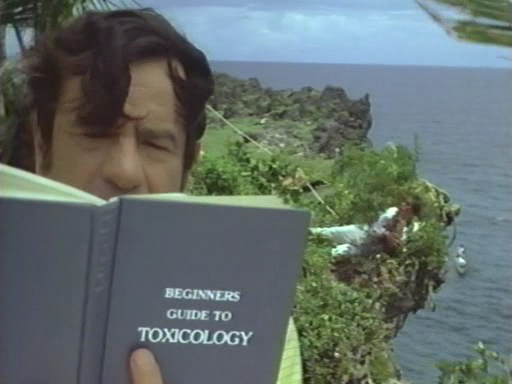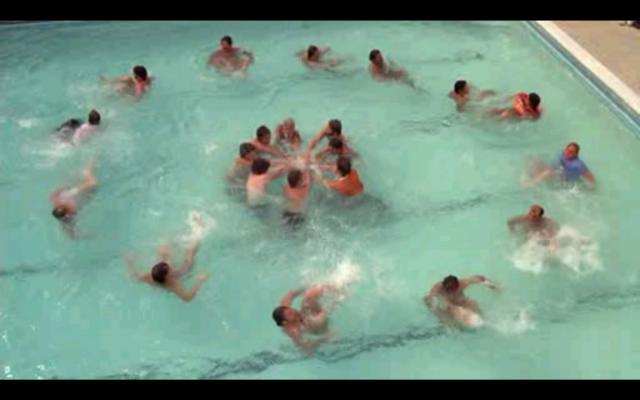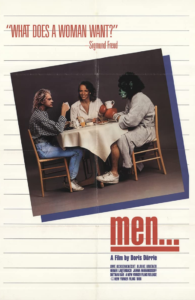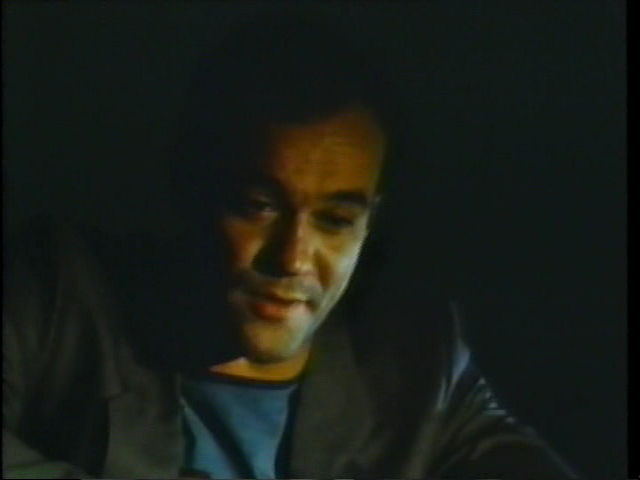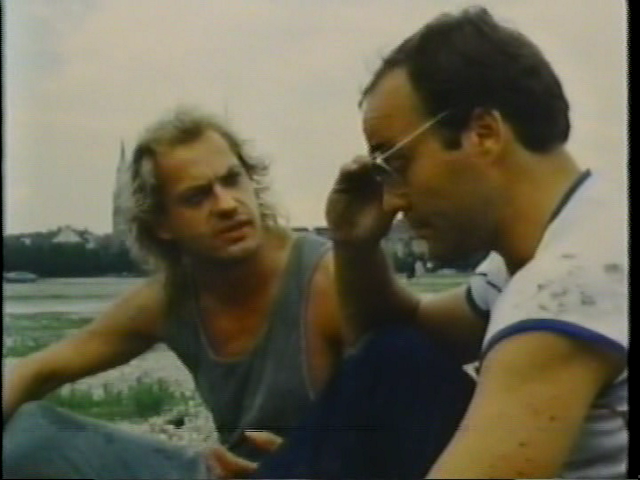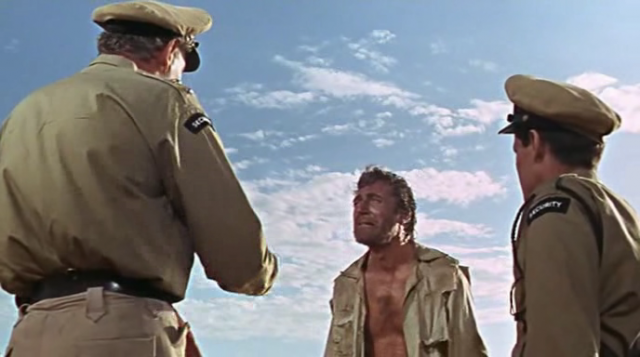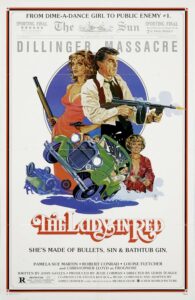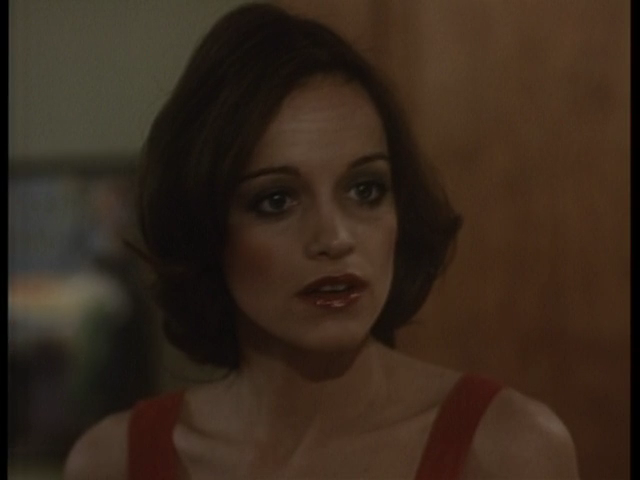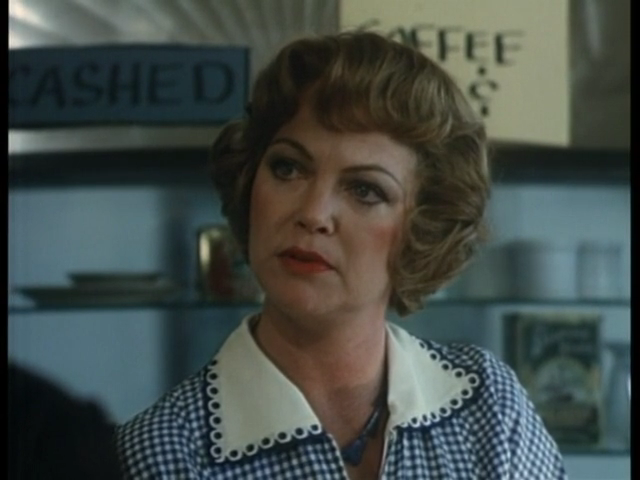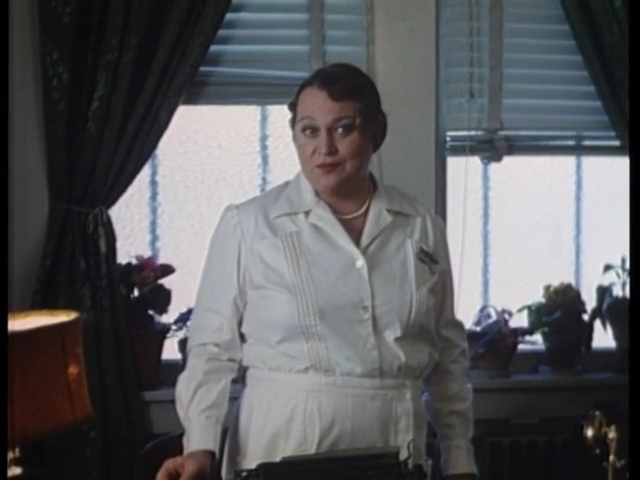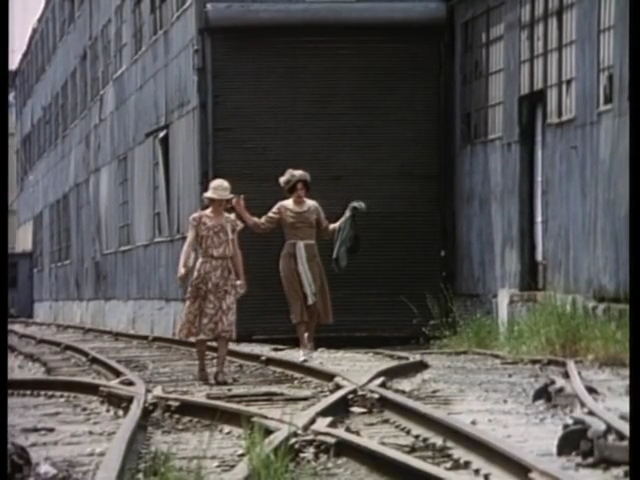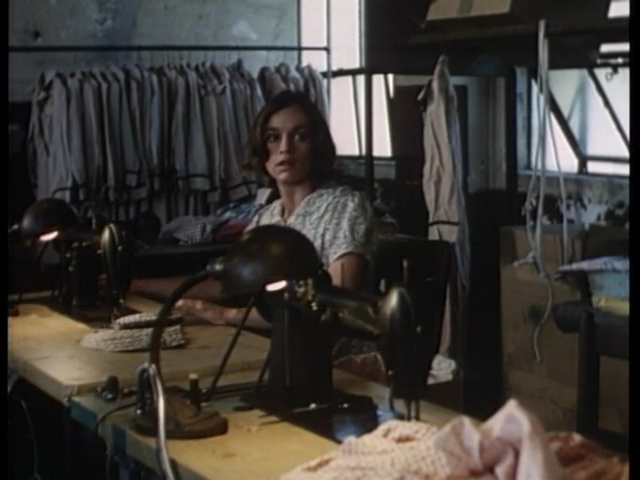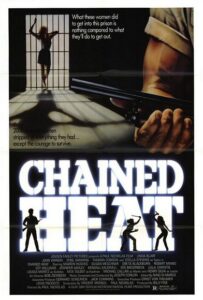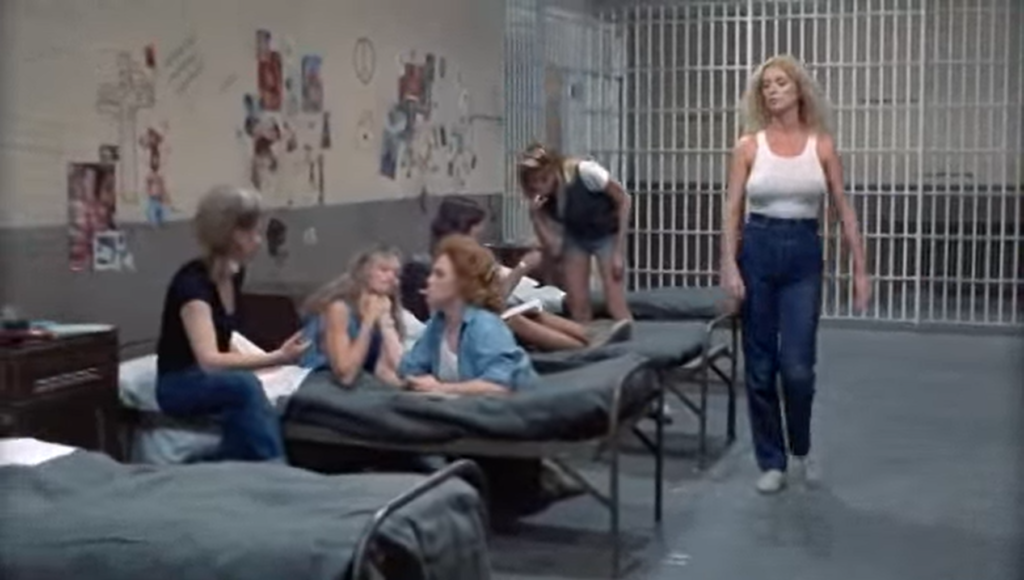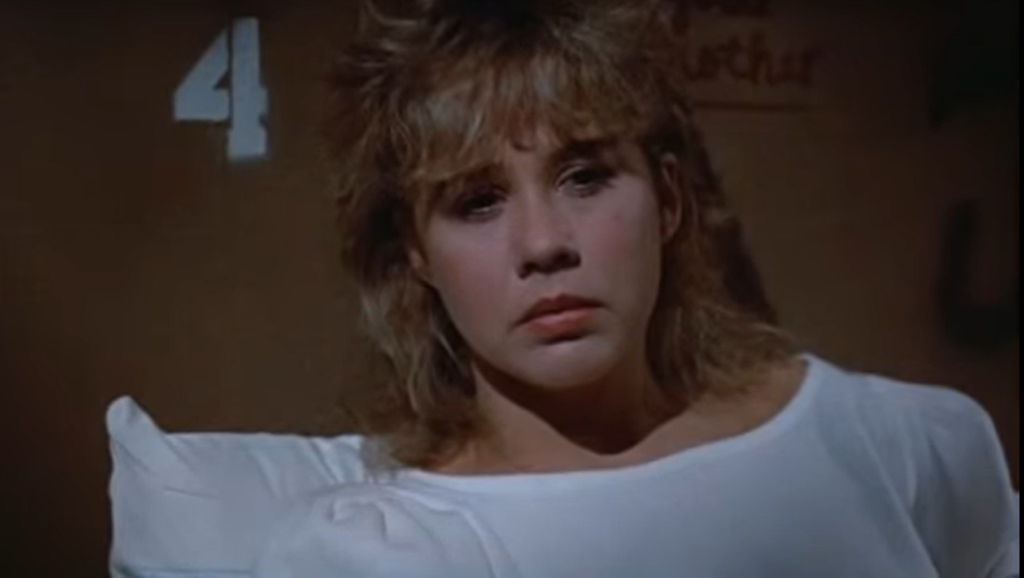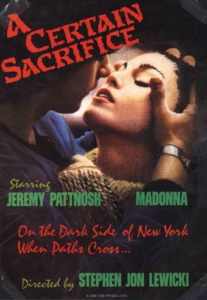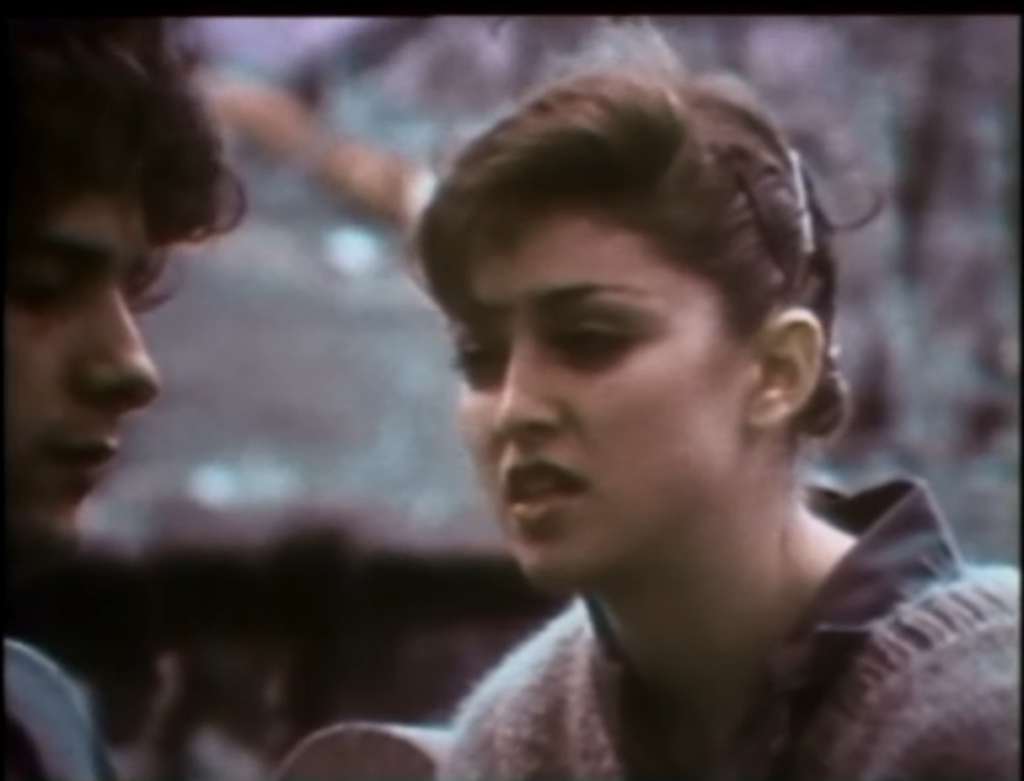Who Are the DeBolts? [And Where Did They Get Nineteen Kids?] (1977)
[Note: The following review is of a non-Peary title; click here to read more.]
“You know, being a mother of 19 can be pretty hilarious.”
|
Synopsis: |
|
Genres, Themes, Actors, and Directors:
Review: While director John Korty and his crew have been accused of sugar-coating the DeBolts’ existence by showing a preponderance of family sing-alongs and playful holiday adventures (rather than day-to-day squabbles, for instance), this can easily be forgiven, given the invaluable insights we gain into Dorothy and Bob’s unique philosophy of child-rearing. Their driving belief is that each child, no matter how physically challenged, should be as responsible for him or herself as possible. Their son J.R., for instance — both blind and paralyzed from the waist down — is taught to get himself safely down the porch stairs to wait for the bus; it may take him 15 minutes to do so, but he develops a routine that works, and he’s able to do it on his own. Meanwhile, Karen — a feisty girl with no limbs — is able to adroitly put all her appendages on herself, and doesn’t allow her impediments to get in the way of having as much fun as possible. You’re guaranteed to watch Who Are the DeBolts? with a sense of both joy and respect for this unusual family; within the space of just 72 minutes, they have something to teach us all. Redeeming Qualities and Moments: Must See? Categories
Links: |


